Introduction: Navigating the Landscape of Protective Gear
The industrial world has evolved. With that evolution comes the pressing need for better safety equipment. Imagine trying to source the most reliable, durable, and efficient protective gear. Daunting, right? But fear not, as this guide will be your compass.
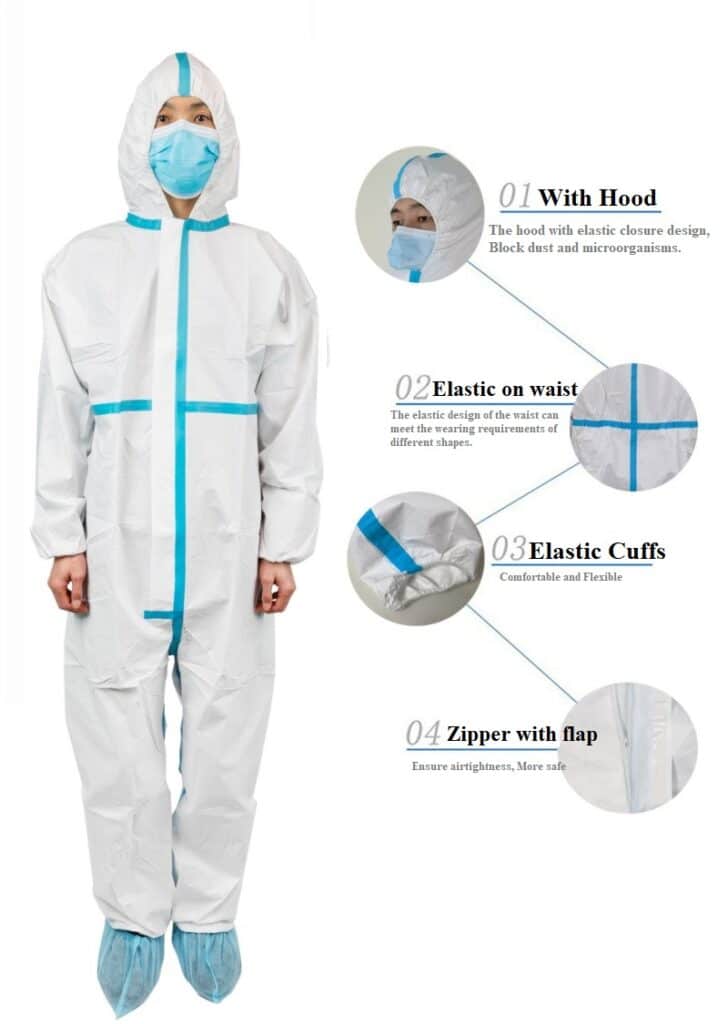
The Essentiality of Microporous Protective Coveralls
Defining Microporous Protective Coveralls
Think of them as the cutting-edge armor of the modern industrial world. These coveralls are intricately designed to act as barriers against harmful agents, whether they be chemicals, particulates, or other hazardous materials.

Key Benefits and Applications in Industries
In the vast realm of safety wear, what sets microporous coveralls apart? Their unique design ensures breathability while offering unmatched protection, making them indispensable in pharmaceutical labs, paint shops, and chemical processing units, among others.

Kicking off Your Supplier Search
Leveraging Online Directories and B2B Marketplaces
The digital age is a boon. Platforms like Alibaba, ThomasNet, and Global Sources aren’t just lists; they’re gateways. Dive in, apply filters, and you’ve got potential suppliers to explore.
Networking at Trade Shows and Expositions
Ever been to a grand market fair? Industry expos are just that but more niche. They’re the melting pots of innovations, suppliers, and business opportunities. Go, converse, get brochures, and forge initial connections.
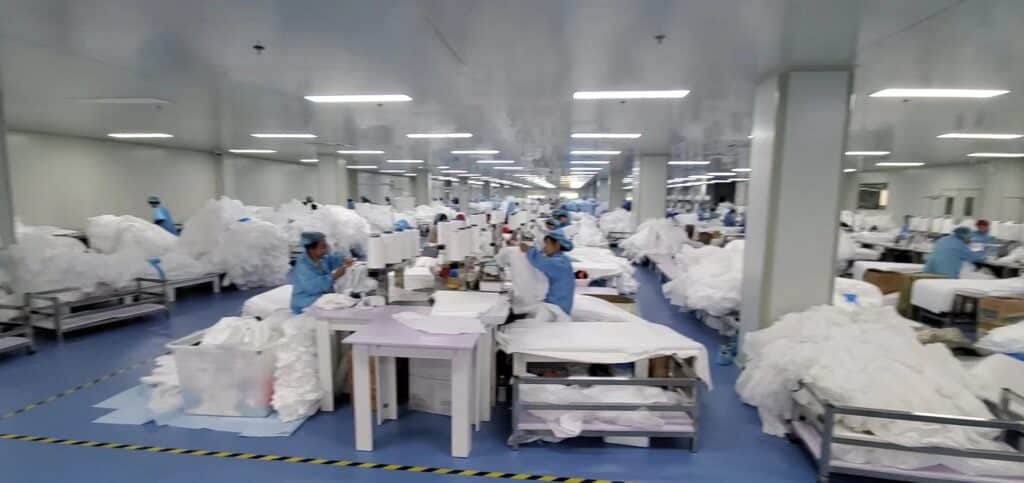
Deep Dive into Vetting Procedures
Importance of Certifications and Compliance
In the world of protective gear, certifications aren’t just papers; they’re stamps of quality assurance. ISO, CE, ANSI, and the likes affirm adherence to standards, ensuring you’re not just getting any coverall, but a protective mantle.
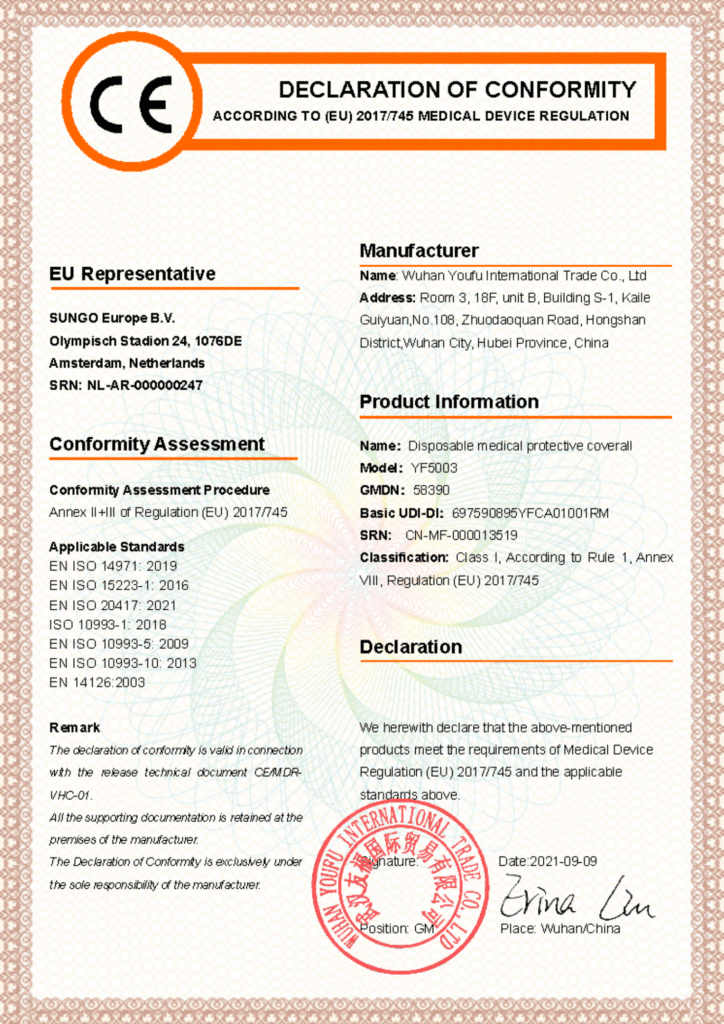
Scrutinizing Material Quality and Construction
A coverall is as good as its fabric and build. Go hands-on. Request samples. Better yet, if possible, visit their facility. See the production in action. Touch, feel, and maybe even test the material.
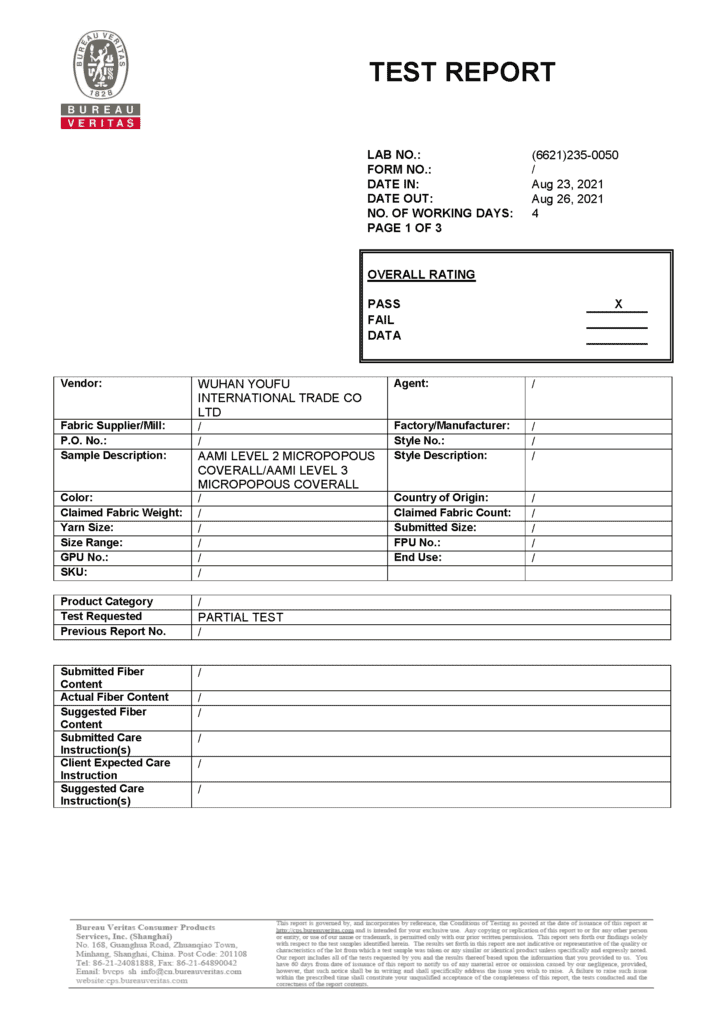
Factory Audits: A Necessary Step
While it might sound overly formal, factory audits can be eye-opening. They offer you a transparent view of the production process, quality control measures, and even labor practices.
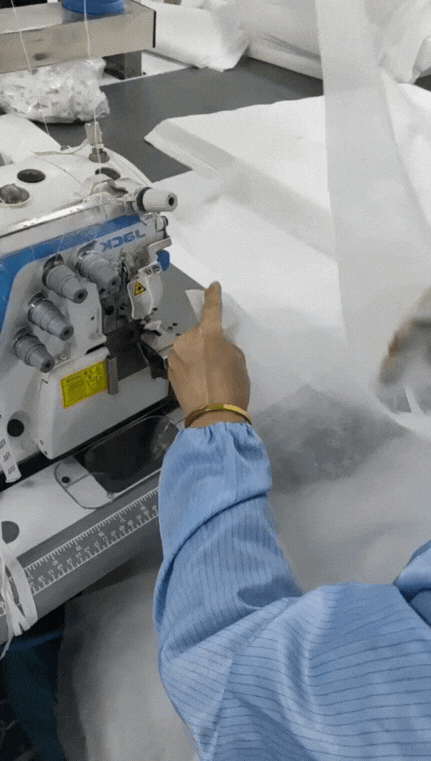
Beyond the Product: Evaluating Supplier Reliability
Delving into Past Reviews and Customer Testimonials
Feedback is a treasure trove. Go deep. Unearth past reviews, read between lines, spot patterns. If a supplier consistently under-delivers, you’ll spot this trend in reviews.
Assessing Capacity, Delivery Times, and Consistency
Protection delayed can be protection denied. Ensure your supplier not only produces quality but also delivers consistently and on time.
Money Matters: Navigating Pricing and Negotiations
Price is a factor, but value is the king. While negotiating, focus on the value – the balance of cost, quality, and reliability. Remember, the cheapest option can sometimes cost more in the long run.
Making Your Decision: A Fusion of Facts and Intuition
Equipped with insights, it’s judgment time. Combine your researched facts with your gut feel. Remember, partnerships aren’t just transactions; they’re relationships.

Conclusion: A Journey to Strategic Partnerships
Sourcing suppliers is more than a task; it’s a strategic move. It’s about forging partnerships that add value, ensuring that every worker wrapped in that coverall is safe and sound.
คำถามที่พบบ่อย
- Are online supplier directories trustworthy?
- They’re starting points. Always supplement with direct research.
- How often should I audit a chosen supplier?
- Regular intervals, say annually, or if any quality concerns arise.
- What if a supplier isn’t open to factory audits?
- Red flag. Transparency is key in B2B relationships.
- Can I negotiate on payment terms along with price?
- Absolutely. Flexible payment terms can be beneficial for cash flow.
- How do I handle post-purchase discrepancies?
- Have a clear agreement in place. Open communication is also crucial.










